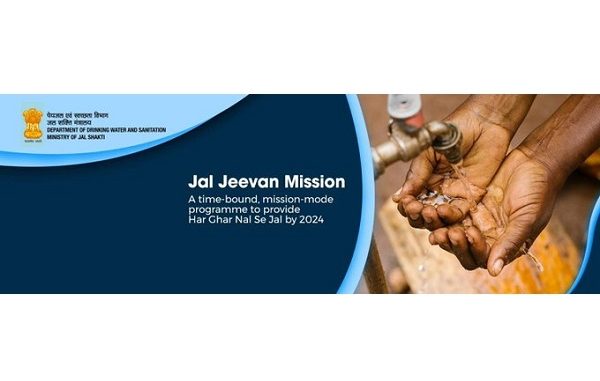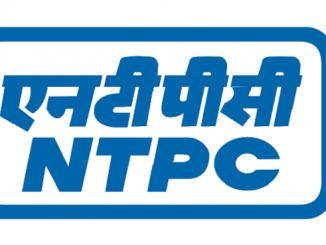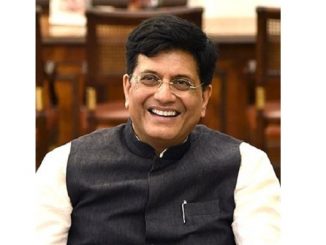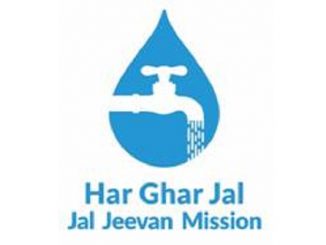
Aug 30: India is one of the most vibrant IoT eco-systems in the world, with various supporting enablers making it conducive for companies looking to serve global demand beyond national boundaries. The government of India has introduced different policies and initiatives to leverage the benefits of these disruptive IoT technologies in multiple sectors. To harness the initiatives like Atmanirbhar Bharat, Digital India, and Make in India, the Jal Jeevan Mission will be creating a smart rural water supply eco-system to measure and monitor the service delivery of the water supply in rural areas.
Union Government’s flagship programme, Jal Jeevan Mission (JJM) being implmeneted in partnership with States aims at providing Functional Household Tap Connection (FHTC) to every rural household of the country by 2024. The programme focuses on service delivery at the household level, i.e. supply of 55 lpcd of water of prescribed quality on a regular and long-term basis. The mission focuses on ‘service delivery’, rather only on infrastructure creation.
In accordance to 73rd Amendment to the Constitution, Gram Panchayats at village level are to manage drinking water supply. Thus, Gram Panchayat or its sub-committee, i.e. Village Water & Sanitation Committee/ PaaniSamiti are required to function as a ‘local public utility’ for drining water management, water service delivery, greywater treatment& reuse, and take care of operation and maintenance of in-village water supply infrastructure for assured drinking water supply on regular basis, collect user charges for delivery of water supply services. To facilitate States and Gram Panchayats or its sub-committee, i.e. PaaniSamiti, an automated system for measurement and monitoring of water service delivery is necessary. This necessitates the use of modern technology formeasurement and monitoring of the water service delivery and to capture and transmit service delivery data automatically for ensuring the quality of service.
It’s the endeavour of the Union Government to expand optic fibre network uptoall villages. Accordingly, Hon’ble Prime Minister announced that in next 1,000 days, all villages will be connected by fibre optic network. In almost whole country, telecom connectivity has reached. IoT strategies are increasingly used to monitor the water quantity and quality.Recent technological advancements (such as IoT, Big Data Analytics, AI/ML, Cloud) and declining costs of mobile data, hardware (sensors), and software provide an opportunity to digitise water supply infrastructure in rural India. Digitally enabled water supply infrastructure will help in near real-time monitoring and evidence-based policymaking. Digitisation of water supply infrastructure has the potential to help the Gram Panchayats as ‘local public utility’. More importantly, it will help anticipate and address future challenges.
National Jal Jeevan Mission has constituted aTechnical Expert Committee to prepare a road map for measurement and monitoring of water service delivery system in rural areas.The committee has eminent members from academia, administration, technology and specialistsfrom water supply sector.
National Jal Jeevan Mission andMinistry of Electronics &Information Technology planning to conduct an ICT Grand Challenge. The purpose of the ICT grand challenge is to bring an innovative, modular, and cost-effective solution to develop a ‘Smart Water Supply Measurement and Monitoring System’ to be deployed at the village level. The ICT grand challenge will be inviting proposal from Indian Tech start-ups, MSMEs, Indian Companies, Indian LLPs.
The mission in partnership with State Governments and sector partners has started facilitating sensor-based water supply system on pilot basis in various villages. Gujarat has begun navigating the sensor-based rural water supply systems in 1,000 villages spread across five districts. Other States have also started pilot projects. The data collected fromthe field locations will be transmitted to the State and Central server and can be used to monitor the functionality ( quantity, quality and regularity of water supply) at theState and Central level. This will ensure to minimise service delivery outage and water loss and monitor the quantity and quality on a long-term basis. The additional advantage of this data would be to analyse the demand pattern of the user groups over time and use this information for demand management at the aggregate level, minimise non-revenue water, ensure proper management and effective operation and maintenance of water supply systems in the villages.
Disclaimer: We donot claim that the images used as part of the news published are always owned by us. From time to time, we use images sourced as part of news or any related images or representations. Kindly take a look at our image usage policy on how we select the image that are used as part of the news.


